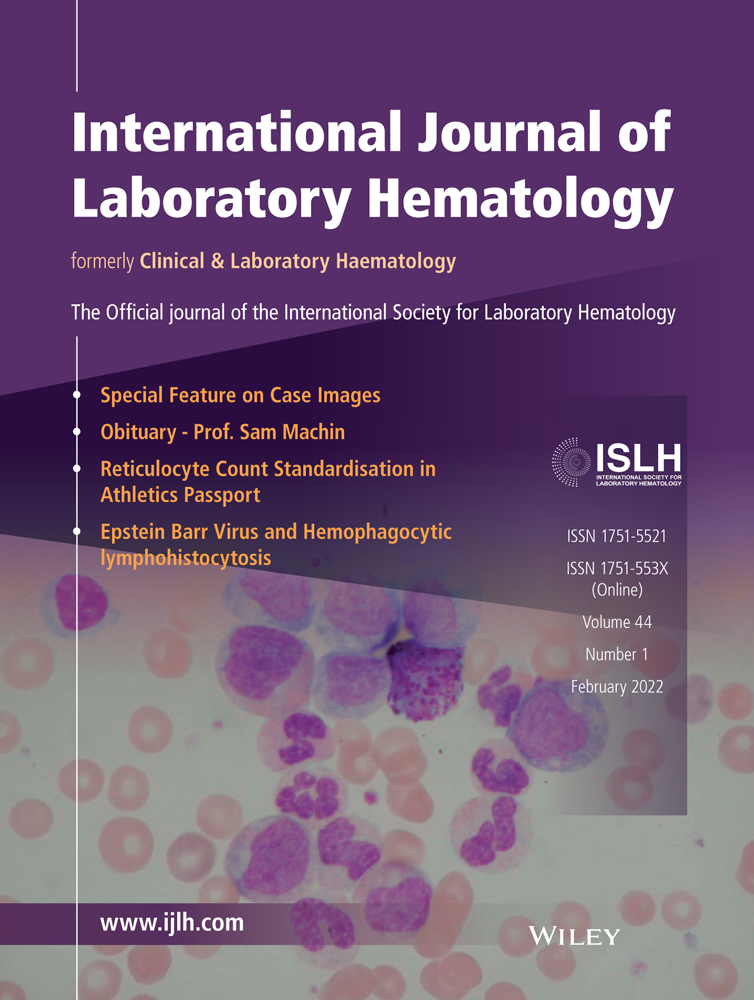Parameters of the complete blood count predict in hospital mortality
Zvi Shimoni and Paul Froom, contributed equally to this study.
Abstract
Introduction
Mortality rates are used to evaluate the quality of hospital care after adjusting for disease severity and, commonly also, for age, comorbidity, and laboratory data with only few parameters of the complete blood count (CBC).
Objective
To identify the parameters of the CBC that predict independently in-hospital mortality of acutely admitted patients.
Population
All patients were admitted to internal medicine, cardiology, and intensive care departments at the Laniado Hospital in Israel in 2018 and 2019. VARIABLES: Independent variables were patients' age, sex, and parameters of the CBC. The outcome variable was in-hospital mortality.
Analysis
Logistic regression. In 2018, we identified the variables that were associated with in-hospital mortality and validated this association in the 2019 cohort.
Results
In the validation cohort, a model consisting of nine parameters that are commonly available in modern analyzers had a c-statistics (area under the receiver operator curve) of 0.86 and a 10%-90% risk gradient of 0%-21.4%. After including the proportions of large unstained cells, hypochromic, and macrocytic red cells, the c-statistic increased to 0.89, and the risk gradient to 0.1%-29.5%.
Conclusion
The commonly available parameters of the CBC predict in-hospital mortality. Addition of the proportions of hypochromic red cells, macrocytic red cells, and large unstained cells may improve the predictive value of the CBC.
CONFLICT OF INTEREST
The authors have no competing interests.
Open Research
DATA AVAILABILITY STATEMENT
Data are available on reasonable request.




